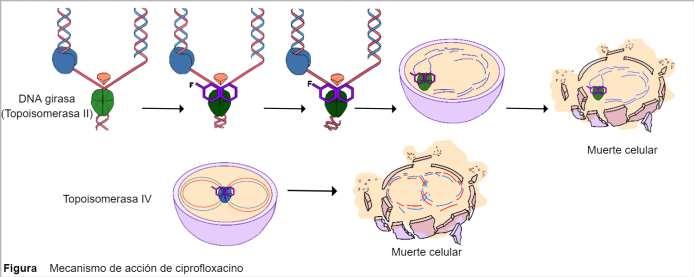
3 minute read
FDAU-24: TRATAMIENTO ALTERNATIVO EN PACIENTE HIPERTENSA POR SNP CP450
22 al 26 de noviembre
FDAU-24: Tratamiento alternativo en paciente hipertensa por SNP CP450
Advertisement
ACOSTA BUSTOS JOCELYN; GUZMÁN MEDINA DIANA GHISLAINE; HERNÁNDEZ CUÉLLAR DIEGO; RODRÍGUEZ VEGA RAFAEL.
RESUMEN
El tratamiento farmacológico para la HTA según la ISH incluye varios grupos farmacológicos, entre los cuales se encuentran los ARA-II, metabolizados por isoenzimas del CP450, como el CYP1A2 para el
22 al 26 de noviembre
medicamento losartán. Usualmente, los SNP son capaces de modificar la actividad de las isoformas del CP450, sin embargo, estos SNP no son considerados en la hora de establecer un tratamiento.
Presentamos el caso de una paciente femenina de 59 años, con antecedentes hereditarios de DM, HTA, oncológicos y cardiopatías. La paciente cursa con HTA de 15 años de diagnóstico tratada con losartán 50 mg cada 12h, clortalidona media tableta de 50 mg cada 24h, aspirina protect 1 al día; Esteatosis hepática de 6 meses de evolución tratada con atorvastatina 20 mg al día, ácido ursodeoxicólico 250 mg, 2 tabletas cada 24 horas, y DM sin especificar tiempo de diagnóstico, tratada con dapagliflozina media tableta de 10 mg cada 24h y pioglitazona cada 24h.
El motivo de consulta inicial fueron alteraciones en su glicemia, así como aumento de dosis en tratamiento antihipertensivo con control de la misma, pero sin mejoras en perfiles de lípidos y hepático. Se realizó un análisis por microarreglos identificando un metabolismo rápido de los fármacos antes mencionados, por lo que se optó por un tratamiento con Irbesartán (ARA-II), que no es metabolizado por las isoenzimas asociadas al metabolismo de otros fármacos del mismo grupo, observando una mejora en las cifras de presión arterial y otros parámetros clínicos.
En este caso, su perfil genético se empleó para orientar las decisiones relativas al diagnóstico y el tratamiento. Por lo que podemos destacar la importancia de la medicina personalizada para evaluar de manera individual los riesgos a la salud, a fin de diseñar estrategias de prevención y manejo de enfermedades.
ABSTRACT
Pharmacological treatment for HTN according to the ISH includes several pharmacological groups, among which are the ARBs, metabolized by CP450 isoenzymes, such as CYP1A2 for the drug losartan. Usually, SNPs are capable of modifying the activity of CP450 isoforms, however, these SNPs are not considered when establishing a treatment.
We present the case of a 59-year-old female patient with a hereditary history of DM, hypertension, oncology, and heart disease. The patient had a 15-year diagnosis of hypertension treated with losartan 50 mg every 12 hours, chlorthalidone half a tablet of 50 mg every 24 hours, aspirin protect 1 a day; Hepatic steatosis of 6 months' evolution treated with atorvastatin 20 mg daily, ursodeoxycholic acid 250 mg, 2 tablets every 24 hours, and DM without specifying time of diagnosis, treated with dapagliflozin half a 10 mg tablet every 24 hours and pioglitazone every 24 hours.
The reason for the initial consultation was changes in his glycaemia, as well as an increase in the dose of antihypertensive treatment with control of the same, but without improvements in lipid and liver profiles. An analysis by microarrays was carried out, identifying a rapid metabolism of the aforementioned drugs, for which a treatment with Irbesartan (ARBs) was chosen, which is not metabolized by the isoenzymes associated with the metabolism of other drugs of the same group, observing an improvement in blood pressure figures and other clinical parameters.
In this case, their genetic profile was used to guide decisions regarding diagnosis and treatment. Therefore, we can highlight the importance of personalized medicine to individually assess health risks, in order to design prevention and disease management strategies.
22 al 26 de noviembre
RESUMEN GRAFICO











